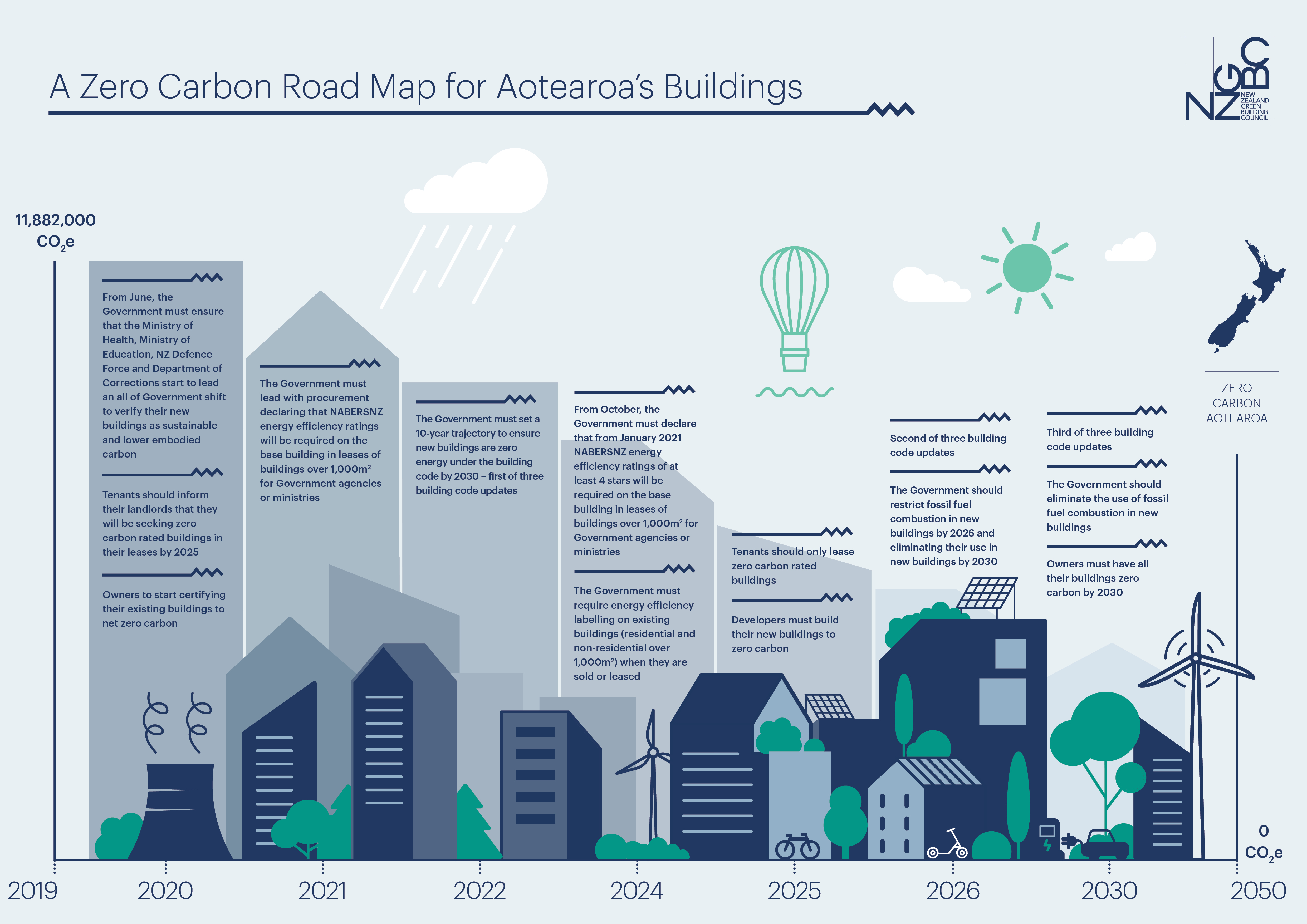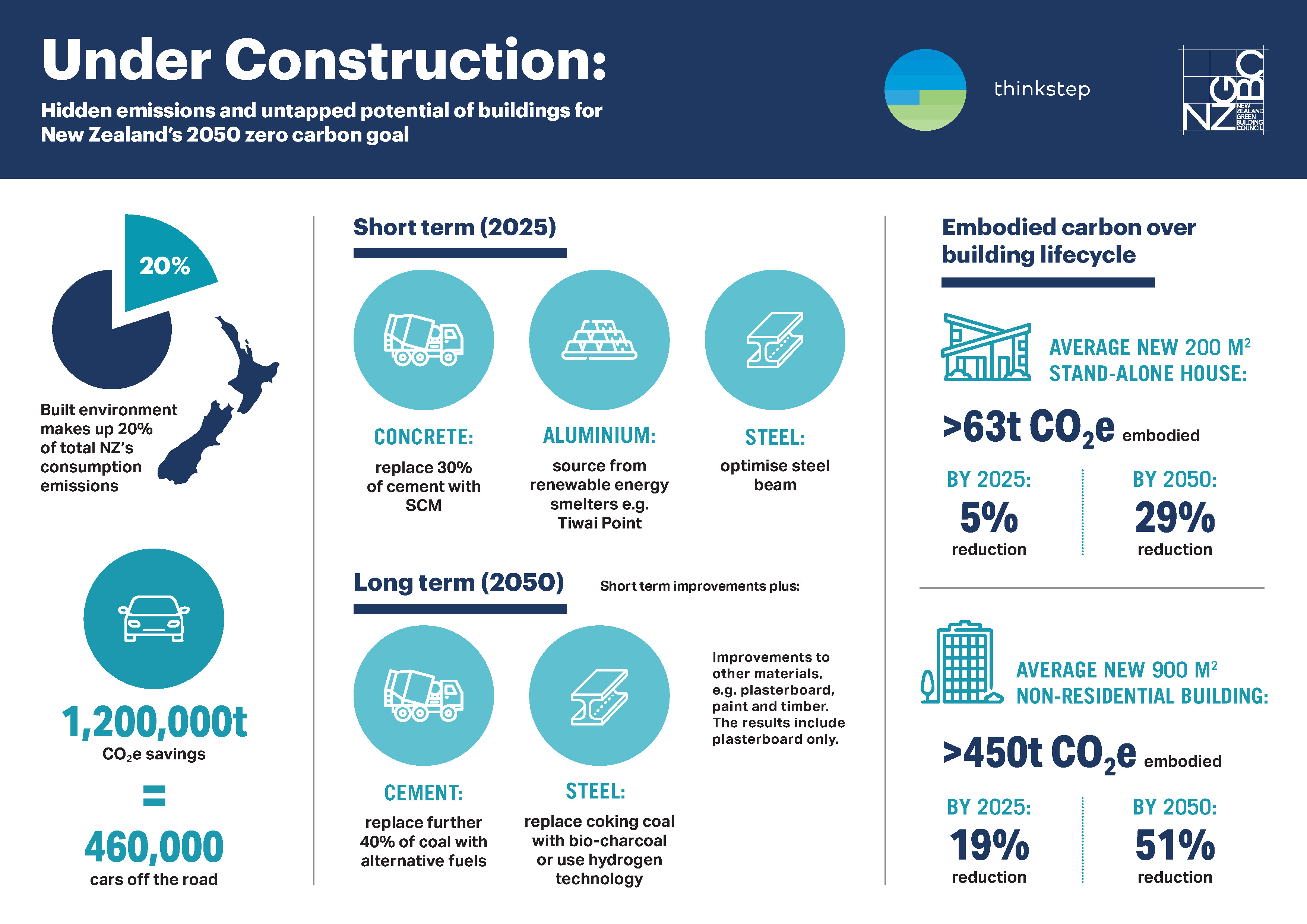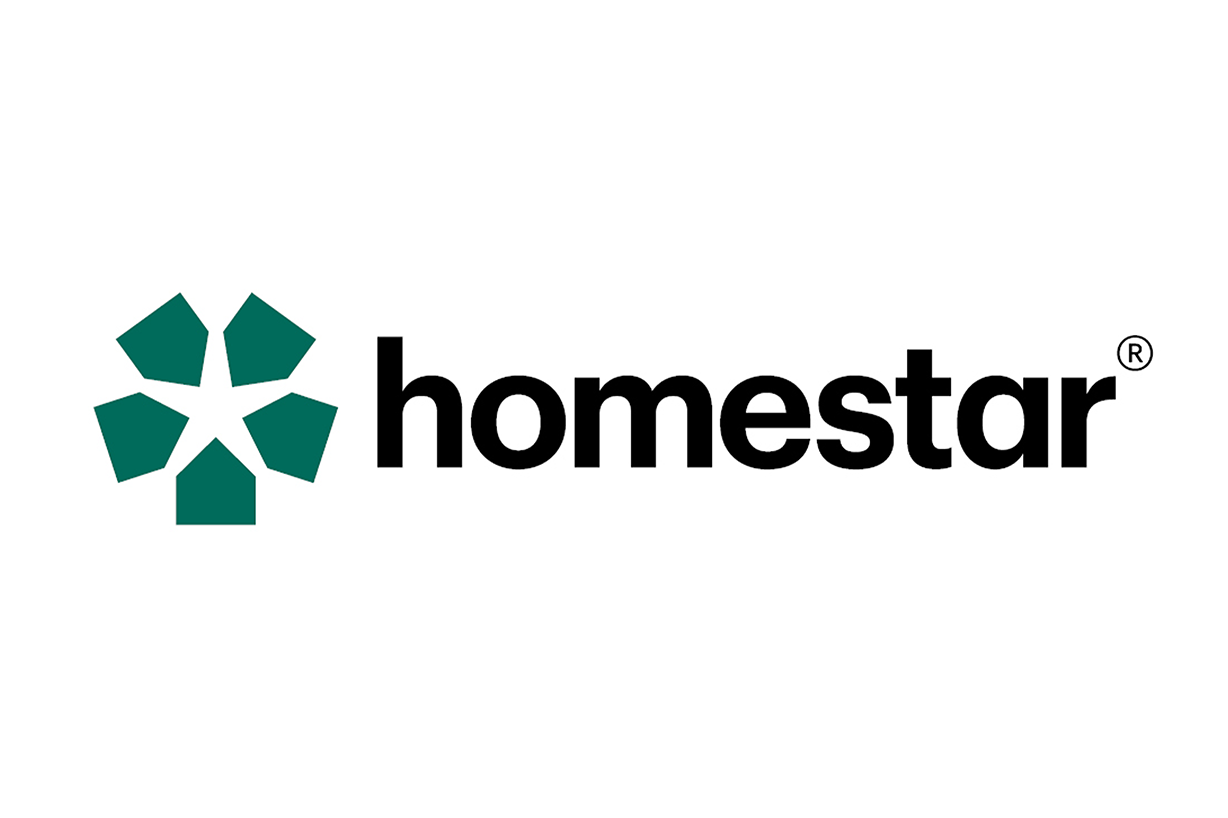Buildings with sustainable credentials like Green Star and NABERSNZ command higher rents and are more valuable, according to a new report by leading real estate services company JLL.
The first of its kind in New Zealand, the report ‘Turning green to gold: The impact of green certification on rental yields, cash flows, and values’ analysed data on all Green Star and NABERSNZ certified office buildings across Auckland, Wellington, and Christchurch, and compared them to buildings in the JLL datasets.

“We know from similar studies in Australia, Europe and the United States, that green assets command a premium and there is emerging evidence in some locations of a brown discount emerging. This new report shows that the premiums associated with high performing green certified office assets holds true in New Zealand,” says report author Dr Georgia Warren-Myers, JLL’s Head of ESG and Risk – APAC.
The study reveals that properties with Green Star certification command a premium in terms of rental rates and sale prices. Buildings with both Green Star certification and high NABERSNZ energy ratings command an additional premium while experiencing lower vacancy rates.
Key findings from the study include:
-
Green Star certified properties consistently demand a sales premium, ranging from a 3.7% premium for a 4 star Green Star rated building, through to 7.5% uplift for 6 star Green Star buildings.
-
The rental premium increases incrementally with higher star ratings, from 1.5% for 4 star Green Star rated buildings, through to 2.25% for 6 star Green Star rated buildings.
-
Buildings with both Green Star and NABERS certifications have the highest occupancy rates and the lowest vacancy rates.
-
The higher the certification level, the larger the uplift in both rental rates and sale prices compared to non-certified buildings. Buildings boasting the highest possible 6 star Green Star and NABERSNZ ratings command almost 10% premium on sales prices (9.8%), and 6.7% rental premium.
“We know globally there’s growing interest and demand from investors for well-positioned premium assets that have the green credentials that align with their ESG strategies. Clearly, New Zealand’s market is no different.”
In welcoming the report findings, the New Zealand Green Building Council chief executive, Andrew Eagles, says the report is an important milestone for New Zealand’s real estate market.
“Green buildings and sustainability are crucial for meeting global targets, achieving the goal of making all buildings net-zero carbon emissions by 2050 and ensuring a healthier more resilient built environment to deal with the challenges ahead,” Andrew Eagles says.
“We know green buildings are a win for the environment, they often boast healthy, productive, efficient spaces for the occupants. This report now reinforces that it’s a win for building owners, developers, and investors too.”
Dr Georgia Warren-Myers highlight that “Recent updates to the International Valuation Standards means ESG will be more explicitly considered by valuers in the process of a valuation. These types of certifications assist in clearly documenting and communicating the ESG credentials of the asset whilst also providing transparency and third party verification. This will likely have implications for how ESG is considered by owners, developers and investors and the implications this may have in valuations.”
The full report was released and discussed at the Green Property Summit on the 14th August at the Aotea Centre, Auckland.
/Banners/8.png)





























